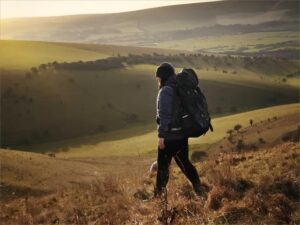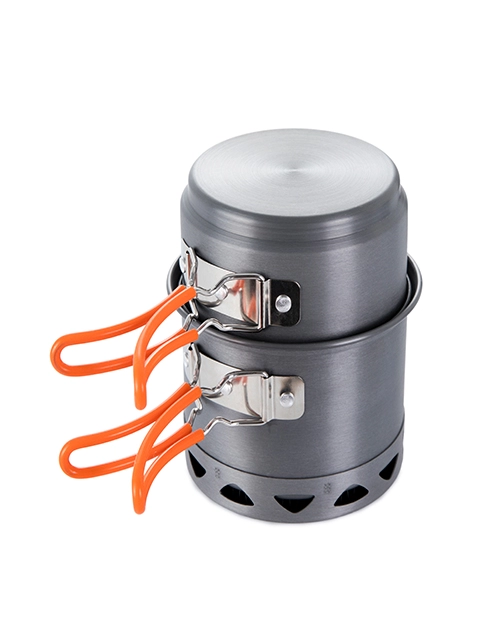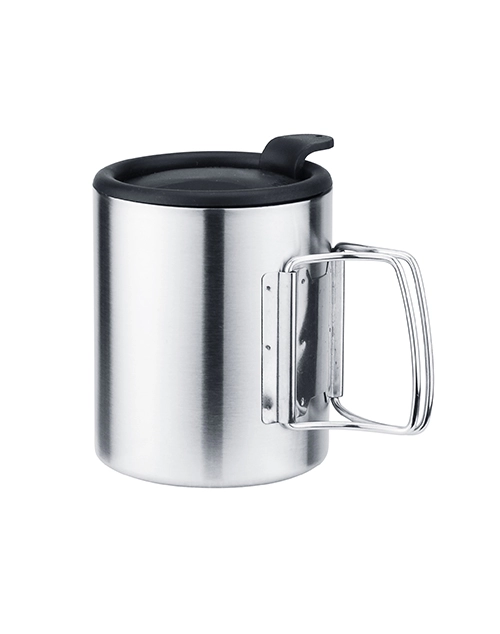A Beginners Guide to Day Hiking
Share:

If you’ve always wanted to go trekking but haven’t taken the plunge, now is the moment. Simply follow these steps.
Hike with a Partner
No matter how experienced you are, you should always hike with others. Find a companion that is interested in exploring the great outdoors with you. Alternatively, you might meet new people by joining a local hiking group.
Hiking alone:
Experiencing the outdoors on your own may provide a sense of independence and adventure that is difficult to get anywhere. However, it may be intimidating and isolating at times. If you’re new to hiking, we recommend bringing a friend to keep you company. That individual will also be available to help if you get wounded. If traveling alone is your only choice, start with short outings to popular hiking sites and make sure someone knows where you’re going and how long you’ll be gone.
Choose a Hiking Route
There are several easy ways to find a hiking trail that will meet your needs:
- Guidebooks and websites provide essential trail information such as difficulty, mileage, elevation gain, directions, water sources, trail features, and dog-friendly areas. Websites frequently post recent trip reports, which can give you an idea of what the current trail conditions are like.
- Consult friends who like hiking for recommendations.
- Contact a local hiking association or a ranger station in your desired hiking location. Rangers are usually well-informed about trail conditions and may recommend walks for people of various skill levels.
Tips for Choosing a Hiking Route
Before you begin your search for the ideal hike, it’s useful to consider a few factors, such as:
- How much time you have: Do you have a couple hours or a full day? The amount of time you have can influence where you travel. Don’t forget to factor in the time it takes to and from the trailhead.
- Your fitness level: Evaluate your current physical condition. You want to have a good time out there, not suffer through a lengthy, tough hike that you’re unprepared for. If you aren’t in the best form of your life, don’t worry: there are hikes for everyone.
- Distance: Think about your hiking capabilities in terms of distance and duration. The average walking speed is roughly 3 mph, but your hiking pace may be slower depending on the terrain, elevation gain, and weight on your back.
- Elevation gain: The difficulty of a hike is determined by its elevation increase. With a little practice, you’ll learn how much elevation rise you can easily manage and how much is too much. For example, if a path rises 1,000 feet in a mile, it is called quite steep. Also, for every 1,000 feet of elevation gain, add one hour to your trip.
- Time of year and weather: Certain paths may be inaccessible during early spring due to snow accumulation. If it’s fall and the sun sets early, make plans ahead of time to avoid being caught off guard after dark. Always check the weather prediction before leaving so you can dress and prepare accordingly.
- Logistics: Some treks demand more planning. For example, if you decide to go on a trek that starts and ends in different locations, you will need to shuttle automobiles between the two.
What to Bring
Now that you’ve decided where you want to trek, it’s time to figure out what to carry with you. The first thing you will need is a backpack. As you start, whatever backpack you have lying around the house will suffice. However, if you’ve gotten into hiking and gained expertise, you might want to invest in a more comfortable hiking-specific backpack for longer distances. These specialty packs are equipped with compartments and straps to help disperse weight more comfortably. Once you have a bag, it’s time to assemble your supplies. The list of ten basics is an excellent place for any new hiker to start. This gear list includes ten items that will help you stay safe and deal with any unforeseen obstacles you may face while on the route.
The list includes:
- Navigation (GPS, map, compass)
- Extra clothing (rain gear, warm layers, etc)
- Extra food (beyond what you think you will eat during the hike)
- Extra water (more than you think you will consume during the hike)
- Sun protection (sunscreen, hat, etc)
- Headlamp (plus extra batteries)
- First aid kit
- Knife
- Fire (matches, lighter, etc.)
- Shelter (emergency bivvy)
Safety:
Always leave a thorough itinerary for a friend or family member. Leaving a note with your travel intentions inside your car is a smart method to notify search-and-rescue personnel of your plans if they come looking for you (but don’t leave the letter visible to trailhead thieves). If you’re traveling alone or in really isolated areas, you might consider carrying a personal locating beacon (PLB), which allows you to broadcast an SOS if something severe happens.
Trail Etiquette
Whether you’ve been hiking for years or are planning your first hike, it’s important to understand some fundamental trail etiquette.
Hikers vs. Hikers: Hikers heading uphill have the right of way. You may see uphill hikers let others come downhill while they rest, but remember that this is the uphill hiker’s decision.
Hikers vs. Bikers: Mountain bikers are often expected to defer to hikers. However, because mountain bikers often travel quicker than hikers, it may be simpler for hikers to step aside and cede the right of way.
Hikers vs. Horses: Horses have the right of way. If you’re sharing the route with equestrians, give them plenty of space and avoid sudden moves. When yielding to a horse, it is typically suggested that you walk off the trail to the downhill side.
Final Thoughts
Hiking is a fantastic way for anybody to enjoy the outdoors. It’s a hobby that can last a lifetime if you follow the basics and stay within your skill level.
ODM service
Looking for reliable wholesale outdoor equipment? At Deermaple, we specialize in ODM service, offering high-quality and innovative gear tailored to your needs.
If you are interested in outdoor gear wholesale, please contact us.
Disclaimer: This blog may contain user comments, opinions, and other user-generated content. We are not responsible for the accuracy, reliability, or opinions of user-generated content. User-generated content represents the opinions of the individual authors only and does not reflect the views of this website.
Edwary
Related Products
No products found.












